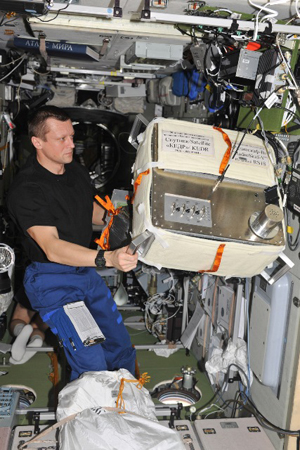It's always interesting to hear where PIC's end up. For some reason it always pleases me to discover the product I bought has a PIC chip in it. So I get even more interested when I hear about things like this: (Might have something to do with my interest in PIC's, ham radio, and space.) Of course, they don't explicitly say it has Microchip's PIC's in it.... But hey, with 4 years spent on it by Microchip engineers, I doubt they were using Arduino.
http://www.microchip.com/pagehandler...te-That-D.html
ARISSat-1 is the prototype test flight for a proposed series of educational satellites being developed in a partnership with the Radio Amateur Satellite Corp. (AMSAT), the NASA Office of Education ISS National Lab Project, the Amateur Radio on ISS (ARISS) working group and RSC-Energia. If all goes well with tomorrow’s deployment, it will perform the following primary functions:
· Two-way communication via UHF uplink and VHF downlink, for use by ham radio operators
· Visuals of space from four cameras
· Recharging of the satellite’s battery using solar panels, enabling operation for months
· Transmission of audio greetings in many languages, for reception via simple radios or scanners
· Telemetry transmissions with updates on the health of the satellite
· House an experiment from Russia’s Kursk University that measures atmospheric pressure







Bookmarks